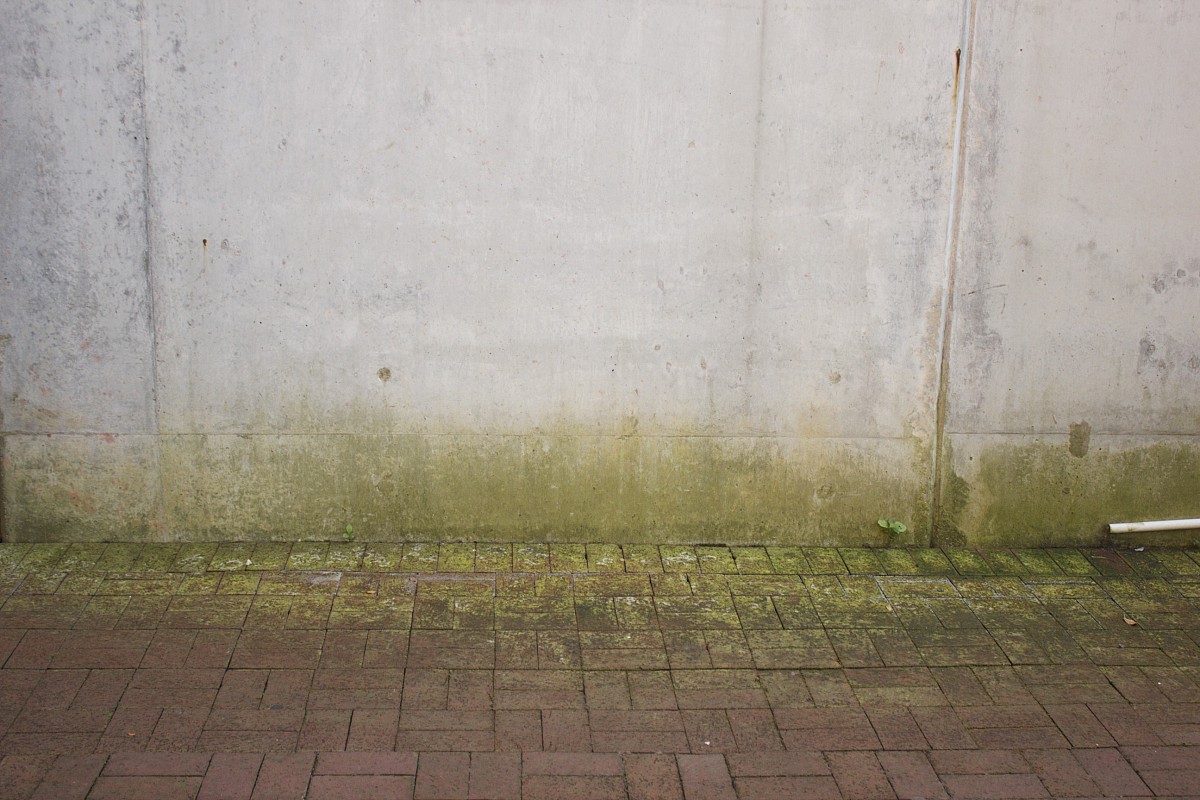FAQs: How to Prevent and Clean up Mold
 Whether it occurs in summer or in winter, mold in your home is not only unsightly, it is also dangerous to your family’s health. Read these FAQs to get the answers about how mold grows, whom it affects, how to prevent mold, and how to get rid of it with effective natural solutions.
Whether it occurs in summer or in winter, mold in your home is not only unsightly, it is also dangerous to your family’s health. Read these FAQs to get the answers about how mold grows, whom it affects, how to prevent mold, and how to get rid of it with effective natural solutions.
What is Mold, Anyway?
Mold is a form of multi-celled fungus which is naturally present in the atmosphere in the form of spores. These spores may be harmful to humans when they begin to grow indoors, a process that requires both moisture and a food source – fabric and fibers, paper, wood, human skin cells and more. Mold can grow on a wide variety of surfaces in your home and may cause serious health problems.
What Are the Health Effects of Mold?
Infants; the elderly; immune-compromised individuals; and people prone to asthma, allergies or other respiratory diseases are the most vulnerable, but anyone's health can be negatively affected by touching or inhaling mold in the home. Common symptoms include inflammation of the nasal passages, resulting in sneezing and runny nose; cough; irritated eyes; and skin rash. Less common but more severe are fever, breathing difficulty and lung infection.
Isn’t Mold More of a Problem in Winter than in Summer?
Mold often appears in the home as a result of winter conditions, when houses are less well ventilated and water vapor condenses on cold surfaces such as exterior walls. However, mold thrives at relatively warm temperatures, 60 to 100 degrees F, and running your air conditioner in summer can create humid conditions if your HVAC system is too large or small to adequately dehumidify the home.
How to Prevent Mold?
If you're wondering how to prevent mold, minimizing indoor humidity is the best answer. The following steps are simple but effective:
- Have any plumbing leaks or holes in the roof repaired ASAP.
- Open the window or operate exhaust fans to ventilate your home, particularly in high humidity rooms like showers or kitchens.
- Wipe down the walls with a squeegee after showering.
- If you can't launder damp things like wet bathing suits or baby clothes right away, dry them outside.
- Also take wet rugs and other fabric items outside to dry and air, when possible. If they have already become moldy, you may have to throw them away.
- Make sure your A/C drip pans and drain lines are clean.
- Clean up spilled liquids promptly.
- Make sure appliances – your clothes dryer, for example – are properly vented to the outdoors.
- Insulate surfaces that are cold in winter, like exterior walls and cold water pipes.
If your home’s interior is still very humid after taking care of all these, test it with an inexpensive moisture meter. The ideal indoor relative humidity level is 30 to 50 percent; a dehumidifier is a worthwhile investment if your home’s is substantially higher.
I already have mold in my house. What do I do now?
Begin by eliminating the source of the moisture which has allowed the mold to grow. Open windows and doors, if at all possible, and run fans to ventilate the moldy area.
Never touch mold with your bare hands. Wear rubber gloves, a breathing mask and goggles for protection when cleaning.
Once the cleanup is complete and the surface has been thoroughly dried, hire a contractor to repaint using mold resistant paint to prevent mold formation in future.
How to clean up mold?
Wear protective gear as mentioned above. Use a mixture of detergent and warm water to scrub any mold off hard surfaces. Dry thoroughly.
Two natural extracts may be effective in killing mold. Tea tree oil and grapefruit extract are antifungal and antibacterial. Use a solution in the ratio of one teaspoon oil or extract to one cup of water. If you do not finish the liquid in a single session, keep it on hand for general cleaning purposes. It will stay fresh indefinitely. A disadvantage of this method is the high price of the main ingredient.
Laura Firszt writes for networx.com.
Updated September 5, 2018.
Looking for a Pro? Call us (866) 441-6648

Heating & cooling Average Costs
HVAC Contractors Experiences

Replacement Of A Light Fixture That Literally Fell Off The Ceiling

What To Look For When You Need Tile Repair



